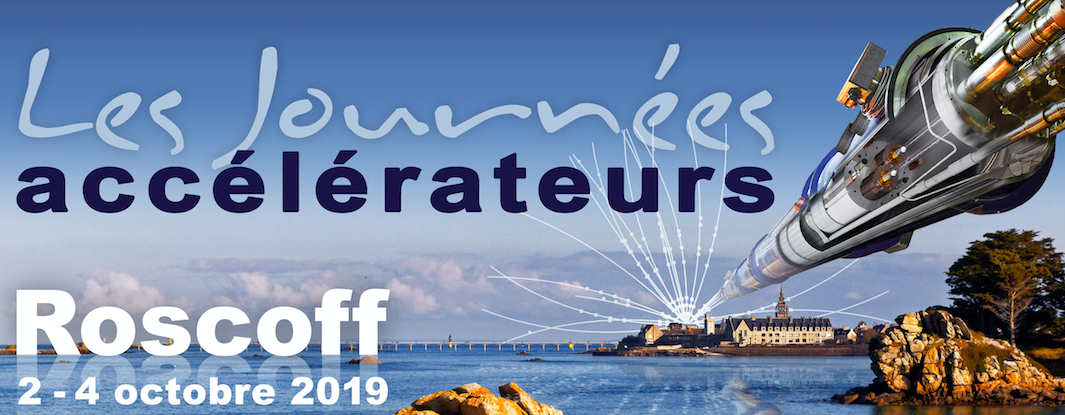Orateur
Description
Nowadays, most of superconducting cavities are made of bulk Niobium. The high quality of today’s surface processes allows us to reach accelerating gradient very close to Niobium limit. New materials such as Nb3Sn, NbN and MgB2, showing higher critical temperature and magnetic field must be investigated to improve acceleration capabilities. As these materials could only be used as thin films, the tuning and optimization of the deposition processes require to be performed on small and flat samples. In that sense, it is necessary to perform cryogenic RF tests directly on these flat samples. These tests have to be realized with high resolution measurements of surface resistance in a large range of magnetic field and operating temperature. In order to perform these measurements, a quadrupole resonator has been designed at the Institute of Nuclear Physics of Orsay, France. It is based on the quadrupole resonator developed at CERN. However, it allows to characterize smaller disks of 20 mm in diameter. Regarding the size of the sample, the resonator has been tuned to operate at 1.3 GHz. Higher harmonics such as 2.6 GHz and 3.9 GHz can also be excited.

